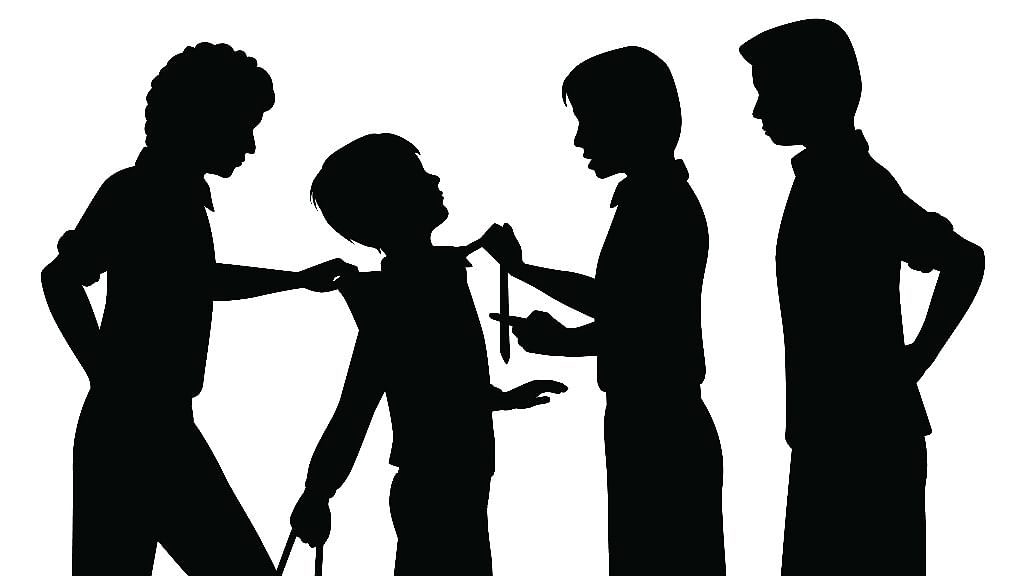A parent’s guide to safeguarding young creatives online

In today’s digital world, young creatives are flourishing online, sharing their art, ideas and voices with a global audience. The idea of privacy and social media can seem ironic. After all, isn’t the platform designed for sharing every aspect of our lives?
The desire to go viral can lead to reckless disregard for online safety and the pressure to maintain a presence online can lead young creatives to overshare personal information, unaware of the potential long-term consequences. Without proper guidance, they could become easy prey for cybercriminals.
As a parent, your responsibility goes beyond fostering creativity and extends to ensuring a secure and supportive space for your child. Discuss digital privacy as soon as your child starts using social media. Here is how you can guide them:
Discuss about digital footprint
Teach your creative child to understand that once something is shared online, it can spread rapidly and become incredibly difficult to remove. This digital footprint can significantly influence future opportunities. As the saying goes, “the internet never forgets”. When children understand these long-term consequences, they can make informed decisions about what they share and build a strong foundation for their online reputation.
Use security tools
Parental control software empowers parents to actively monitor and manage their child’s online activity. Encourage them to change passwords regularly and to use different passwords for different accounts. Blocking access to inappropriate websites, using strong passwords, two-factor authentication and privacy settings control enables you to monitor your child’s online activities without suppressing their creativity.
Teach about digital literacy
In a world where a single post can go viral within seconds, it is very important for young creatives to understand the power and impact of their online actions. Encourage your child to pause and reflect before posting. Have a conversation about what types of content are best kept private. For instance, details about their daily routine or personal struggles should not be shared. By asking themselves if they’d be comfortable with everyone seeing their content, children can develop a thoughtful approach to sharing online, protecting their privacy.
Personal information risks
Children are particularly vulnerable to online scams and may unknowingly share sensitive information that puts them at risk. Help them understand that even seemingly harmless information can be pieced together by someone with bad intentions.
Information they should never share online include:
- The school they attend.
- Password.
- Bank information (if they are aware of any)
- Home address.
- Phone number.
Identifying scams
Many young creatives are eager to monetise their online presence, whether through brand collaborations, selling art or accepting donations from followers. However, the promise of fast money can lead to falling prey to scams or phishing schemes. Teach your child to:
1. Verify the legitimacy of offers or brands that approach them.
2. Avoid clicking on suspicious links in direct messages or emails.
3. Never share financial information without proper safeguards.
If your child is starting to earn money from their creative pursuits, set up a secure payment method and monitor transactions.
Social media is highly addictive, especially for young people seeking validation. Encourage your child to take regular breaks from their online presence to avoid burnout and unhealthy dependencies on online approval.
The aim isn’t to scare children, but to equip them with the understanding and self-assurance to navigate the digital world confidently. They’re growing up in a world different from ours but with the proper tools and support, they can flourish, seizing the benefits of technology while protecting themselves.






